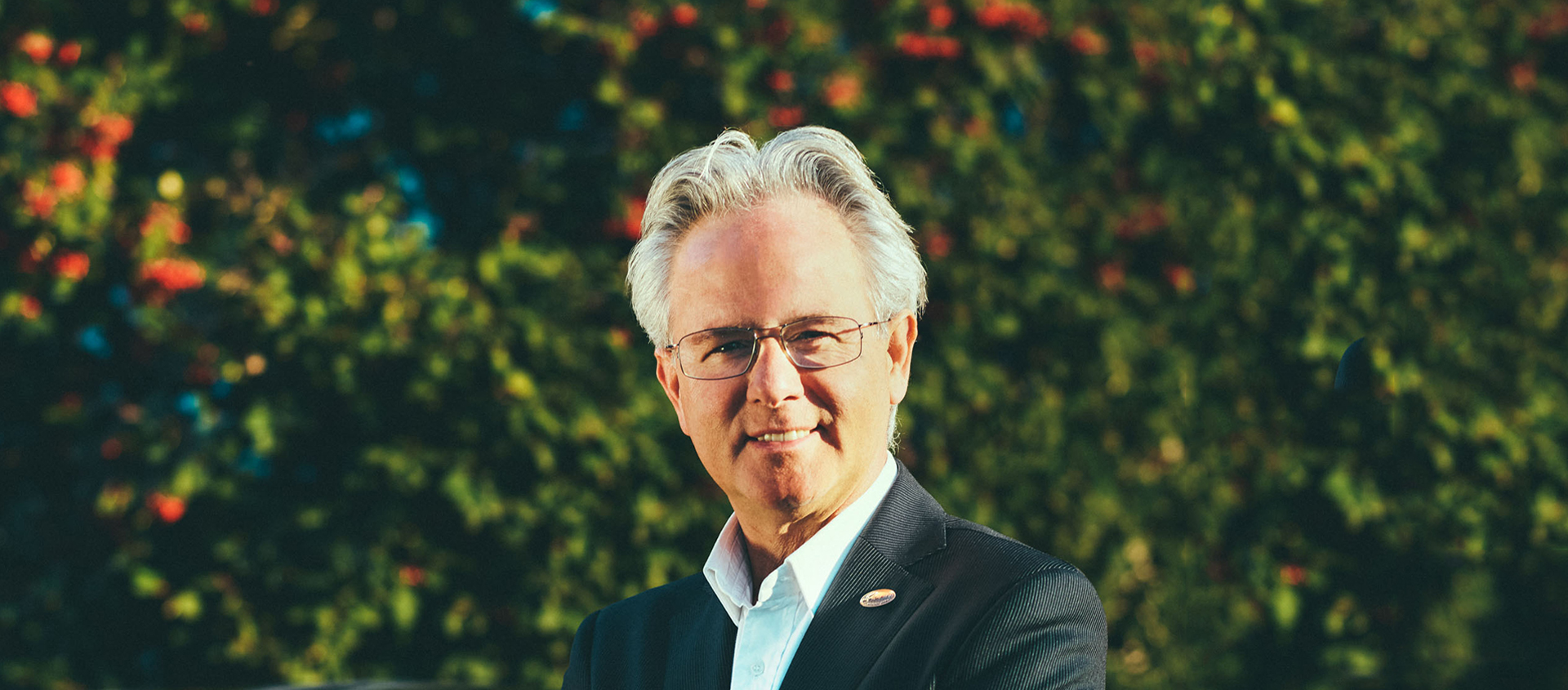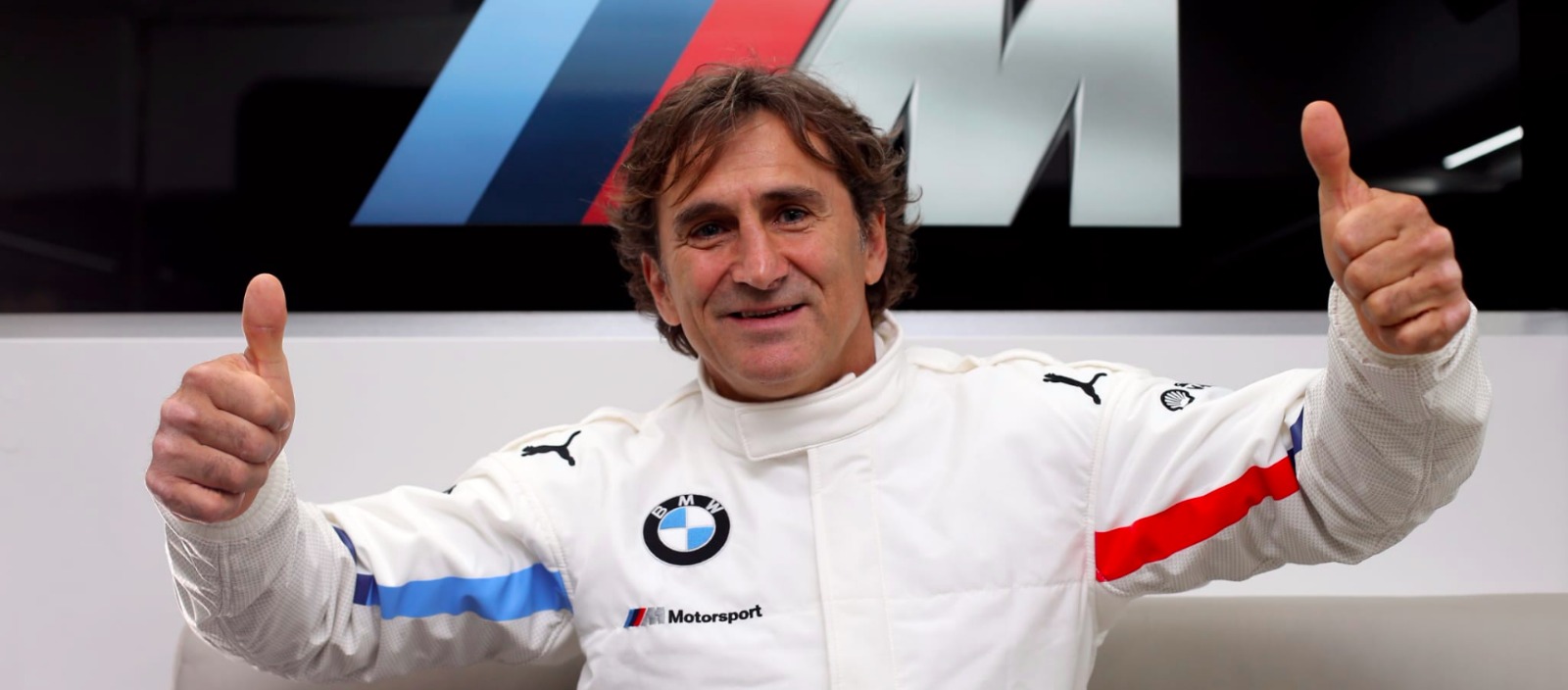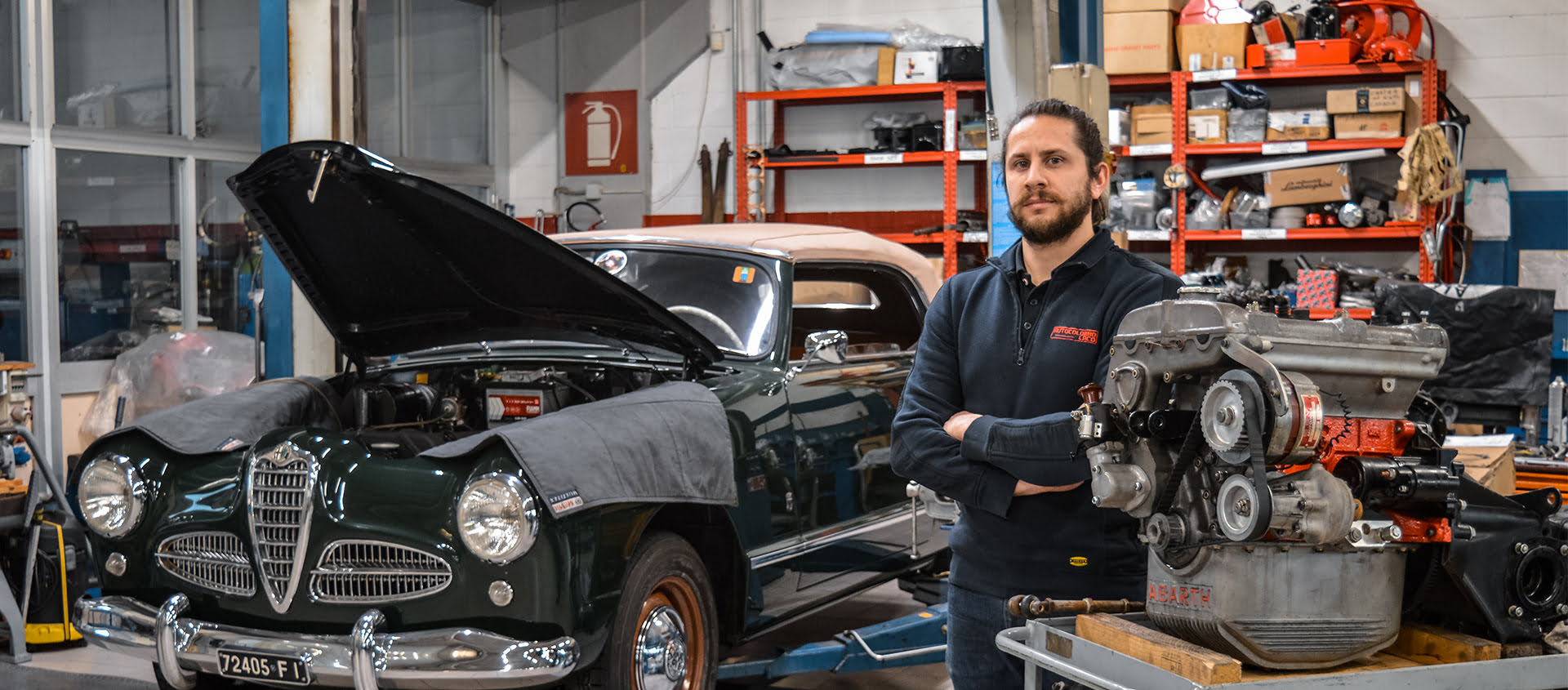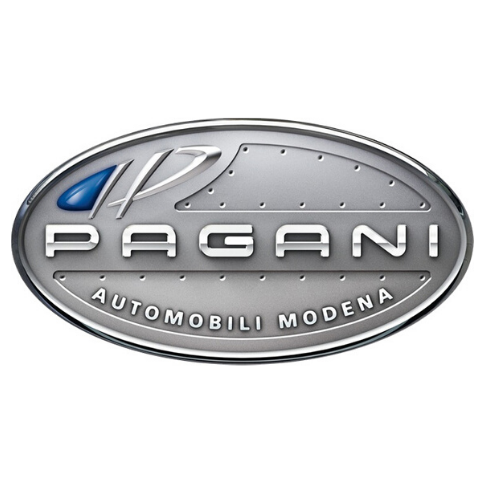Carpe Diem
30 June 2020 2 min read 5 images

It took an Argentinian of Italian extraction, driven by the force of the Zonda (the powerful wind that blows through the Andes), to combine, in a motor car, two quintessentially Italian traditions: art and technology. As a youngster growing up in Argentina, in the town of Casilda near San Fe, Horacio Pagani dreamed of Italian cars. Fangio was his idol.
Register to unlock this article
Signing up is free and gives you access to hundreds of articles and additional benefits. See what’s included in your free membership. See what's included in your free membership.
Already have an account? Log In




